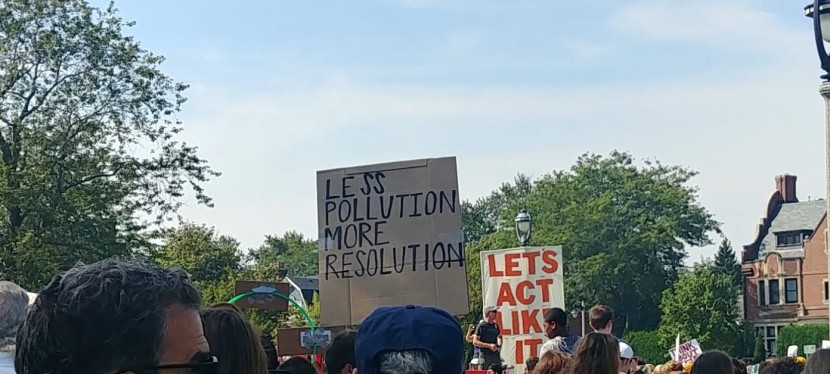While the term “climate change” had not been invoked by April 22, 1970, awareness of human involvement changing Earth induced a fear mixed with hope. Scientists could not see the future of our planet, and newspaper headlines at the time captured concern for the environment and for peace as protests surrounding the Vietnam War were met with groups putting cars on trial.
And as most of the United States currently sits in the unknown because of the COVID-19, the Earth keeps turning.
But with EPA rollbacks during a global pandemic, the US withdrawing from the ever-important Paris Agreement, and the impacts of the BP oil spill still being felt ten years later, it can be difficult to find those positives. But they do exist.
Many improvements have been made since that first Earth Day, now 50 years ago. The current National Geographic depicts how life expectancy has increased along with food production, more people have access to clean water and electricity, and pollution levels (overall) have fallen. Even during this crisis, we see renewable energy, like solar and wind, growing in capacity.
Coupled with this uncertainty of the environment, for me comes a feeling of nostalgia: remembering the saplings handed out to us in elementary school, thinking about the recycling program my grandmother started in her town, visualizing the passion Denis Hayes had in organizing the first Earth Day. These individual acts, small notions, and world movements all exude a hope of possibility of positive change. From a young age, environmental activists like Severn Suzuki, Greta Thurnberrg, and Delaney Reynolds witness to a heartfelt passion as vibrant as Hayes’. Students are urging their universities to divest from fossil fuels. Community gardens push back against the concrete that dominates our cities.
On the first Earth Day, 50 years ago, New York City’s Mayor Lindsay put it simply; “Beyond words like ecology, environment, and pollution there is a simple question: Do we want to live or die?”

